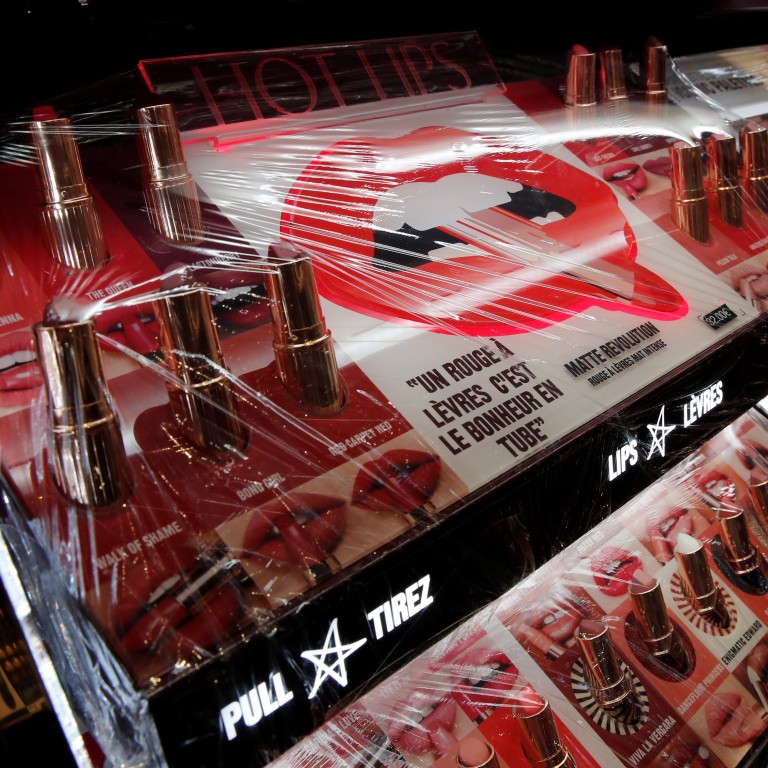
Kylie Jenner beware? How lipstick is suffering amid face masks, but shouldn’t be counted out just yet
- Although people are forgoing lipstick when they wear a surgical mask or face covering, some women will still apply some for Zoom and FaceTime meetings
- A richly painted mouth has been a top make-up trend recently thanks in part to Jenner, but even her make-up line has taken a hit
“Lipstick is the best cosmetic there is,” actress Joan Collins once observed. Alas, not so much any more – not now when face masks are covering the lower half of our faces.
It could mean the end of lipstick as we know it. For millennia, lip cosmetics have been one of the ways for women and men to express themselves, to lift their spirits, to make their face stand out in the crowd.
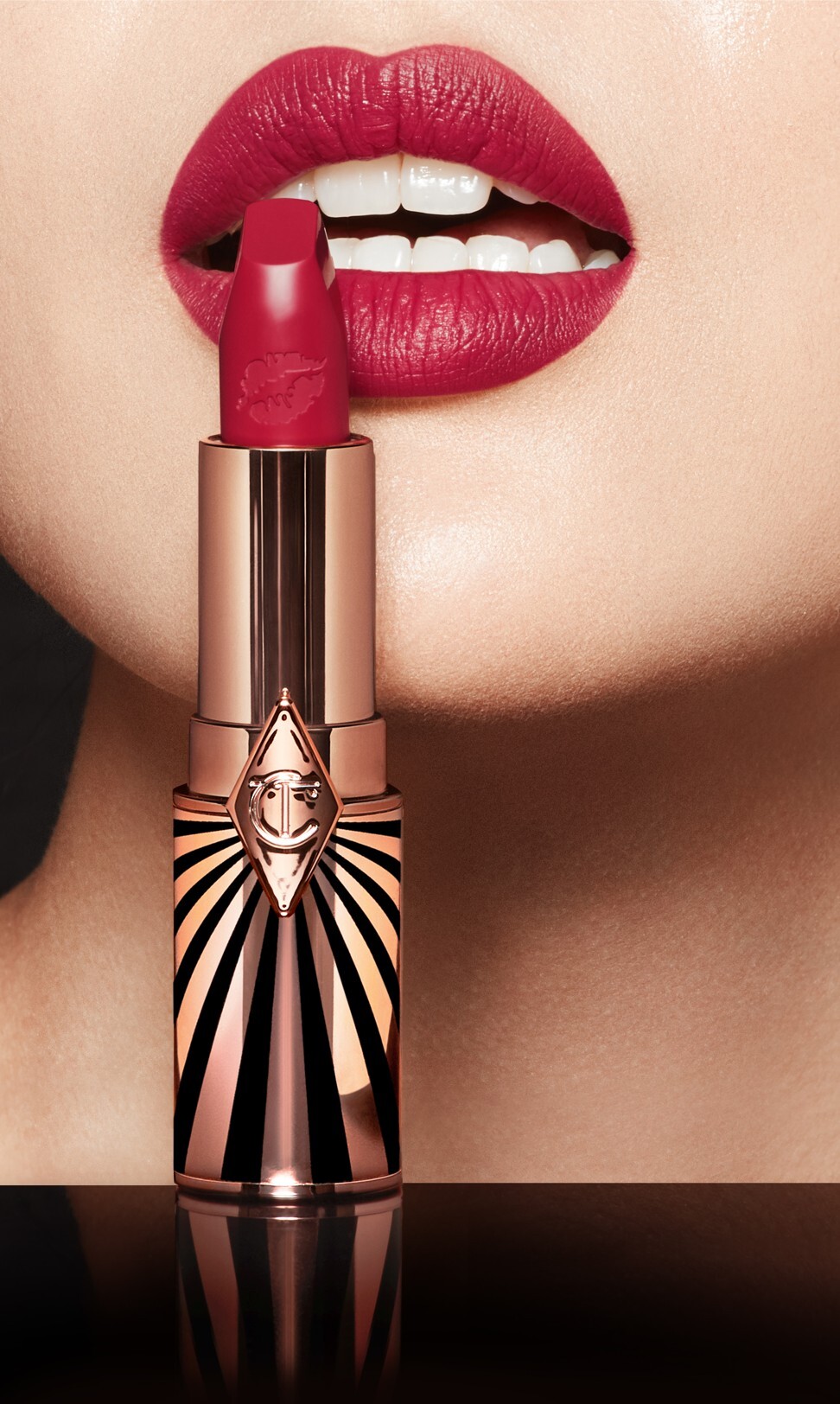
How to stop face masks wreaking havoc on your skin
Feelings about lipstick are remarkably intense in some quarters. Anna Murphy, fashion editor of British newspaper The Times, wrote a paean to lipstick in Harper’s Bazaar in November, months before the pandemic.
“Lipstick is a real joy in my life,” she wrote. “There is no day, no mood, no outfit that isn’t improved by a superlative slash of the bright stuff … we need such small but significant pleasures more than ever at the moment.”
Indeed, lipstick has long been a reliable, legal and cheap mood lifter. Can we survive this new plague era without it?

“A little lipstick can add spark to your life, and especially in these days of the pandemic, we can use a boost anywhere we can get it,” says Victoria Stiles, a Washington-based hair and make-up artist for television and special events.
People are joking about it on Twitter, naturally. Or they’re posting pictures of novelty masks with lipstick-stained lips covering the outside.
“Six word horror story: red lipstick and a face mask,” tweeted Val Graham succinctly.
“Just put lipstick on under my face mask [because] I’m an idiot apparently,” joked Tatianasaurus Rex.
“It’s a dark lipstick day. Too bad no one is gonna see it under my face mask,” tweeted Berniece.
I just interviewed a supermodel who told me she is wearing lipstick even when she works out because it makes her feel good
As her bookings are picking up slowly, Stiles, 41, says she’s hearing frustration from her clients and friends about this less obvious annoyance courtesy of the pandemic.
“They’re used to having a full face [of make-up] and lipstick brightens the face, but you’re putting on something that blocks half the face,” she says. “A majority have been foregoing lipstick under their masks just because their favourite lipstick ends up staining the inside.”
Allen points to the ways some consumers are adjusting to the new realities of going without. “Some women are choosing to embrace that and some want to defy it, so they’ll put on lipstick for their Zoom and FaceTime meetings because it makes them feel like themselves,” she says.
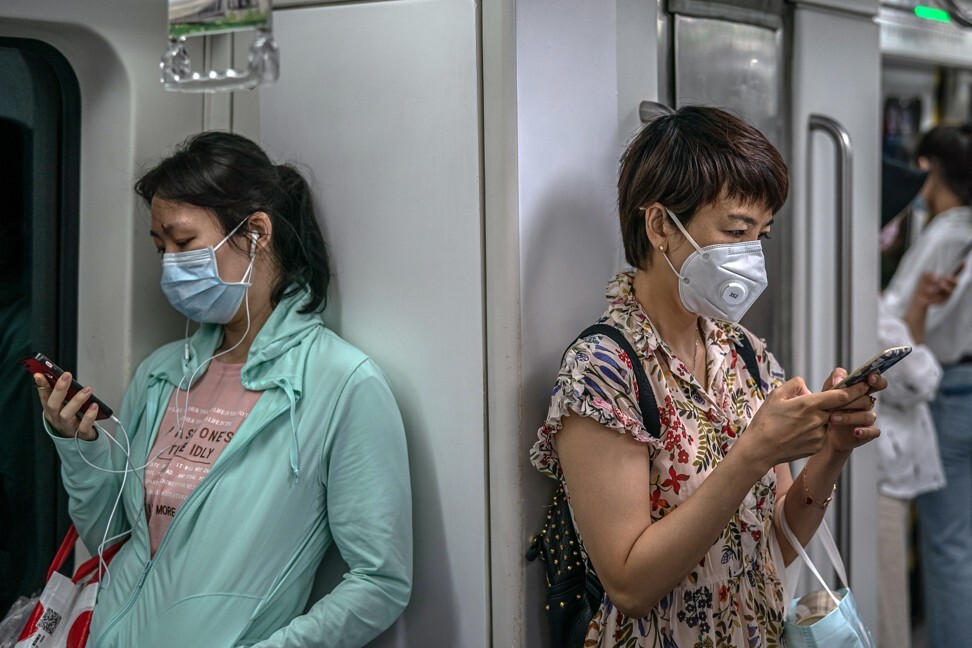
In Saudi Arabia, where most women continue to cover their face and hair in public despite recent relaxation in conservative social measures, reports show that Saudi women spend more on make-up than food, transport or clothes. Dubai could soon replace Seoul as the next beauty capital of the world in terms of make-up sales. Clearly, some women have learned how to combine colour with their cover-ups.
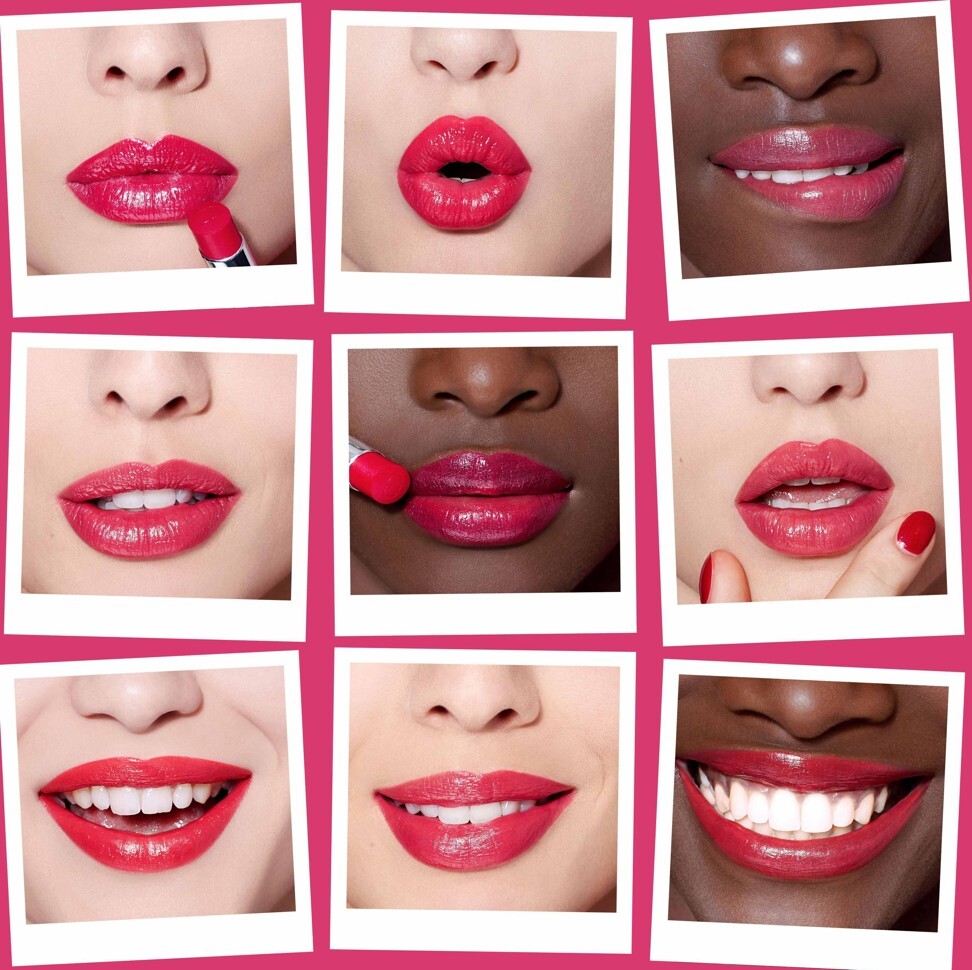
Face-mask-wearing American consumers, meanwhile, are rushing to learn more about non-smear products already on the market.
“Try transfer-resistant lipsticks,” says Stiles. “Their purpose is to withstand eating, drinking or kissing.”
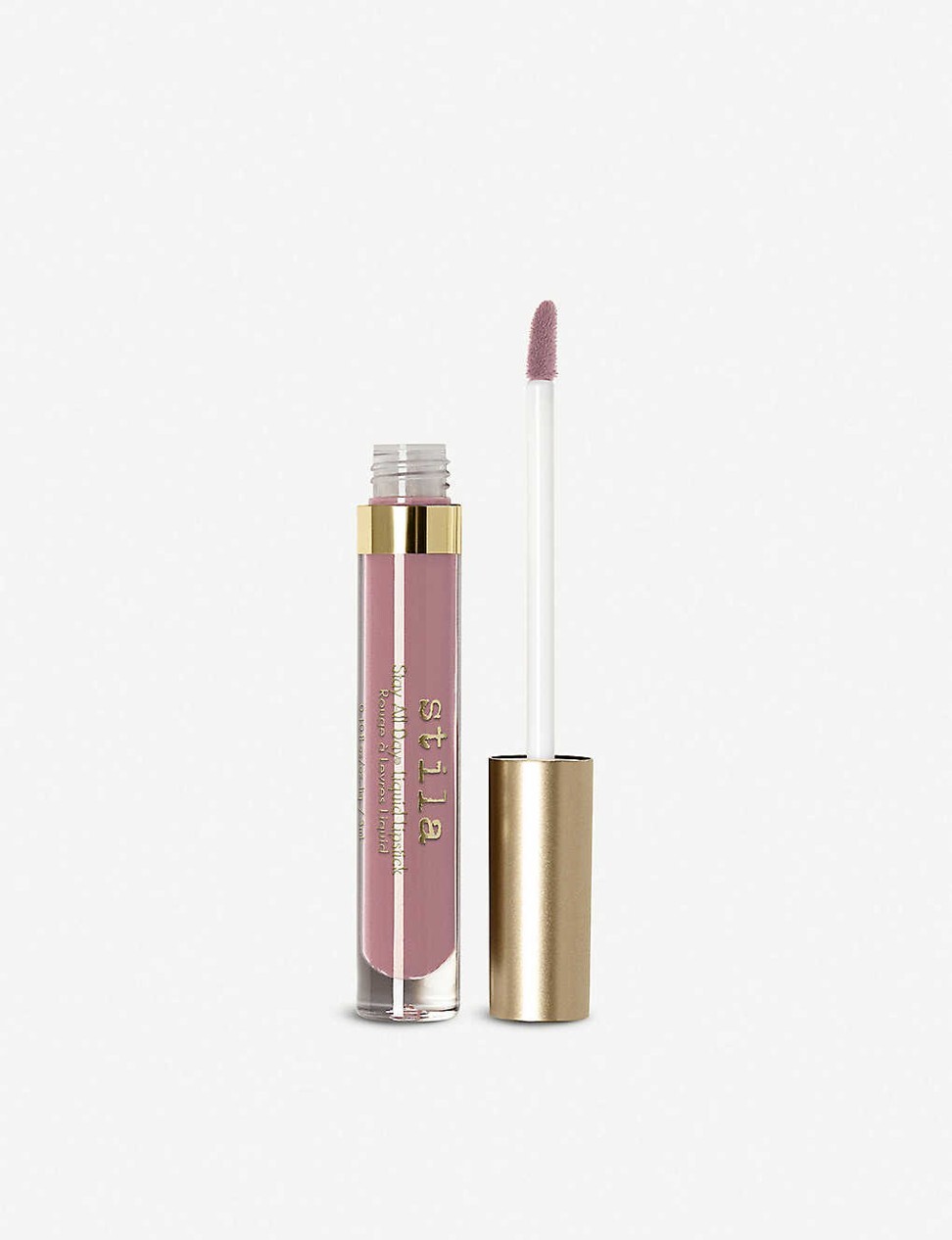
With the whole world “on pause”, now is the time to “lean in to what makes you feel good”, says Allen, who is constantly testing and wearing new colours and brands for her job and for her own sense of well-being.
“That’s the biggest draw for me, [lipstick] makes me feel very confident, very put together, very fierce,” Allen says. “I just interviewed a supermodel who told me she is wearing lipstick even when she works out because it makes her feel good. In challenging times, it makes sense people want that.”
Allen’s weekly “Big Lipstick Energy” column, which covers new launches and products she thinks readers should try, suggests her readers agree. “The continued success of that column even during the pandemic shows the interest [in lipsticks] is still there.”
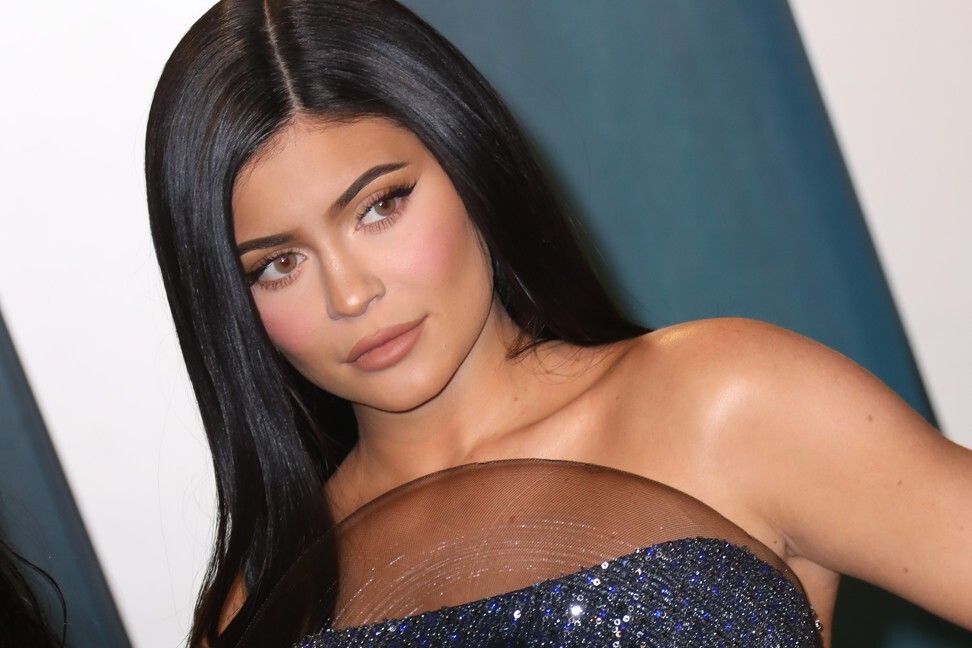
Still, coronavirus has forced of millions of beauty consumers, most of them confined to their homes, possibly jobless or furloughed, to wonder whether it’s worth it to buy lip colour now that they only leave the house for the weekly grocery run.
This is affecting sales, a situation that is likely to continue for a while since no one knows when “normal life” will return. Online sales of beauty products have increased during the pandemic but probably not enough to offset declines of in-store purchases, according to market analysts.
‘We’re dogs without tails’: what we lose when wearing a mask
Lipsticks will be one of the worst performing categories in the beauty industry in 2020, according to Carrie Mellage, vice-president for consumer products at market research firm Kline. She says the firm projects that US sales of lipsticks will drop by 11 per cent, to US$3.1 billion at the retail level, in 2020, compared to 2019.
Thanks in part to Jenner, a richly painted mouth has been a top make-up trend recently and it’s not clear if a shift to eye make-up and skincare products will be enough to compensate for the decline in lipstick sales.
But figuring out how to have our lipstick and wear it, too, will be necessary if face masks become a permanent facet of our daily lives for months or years to come.
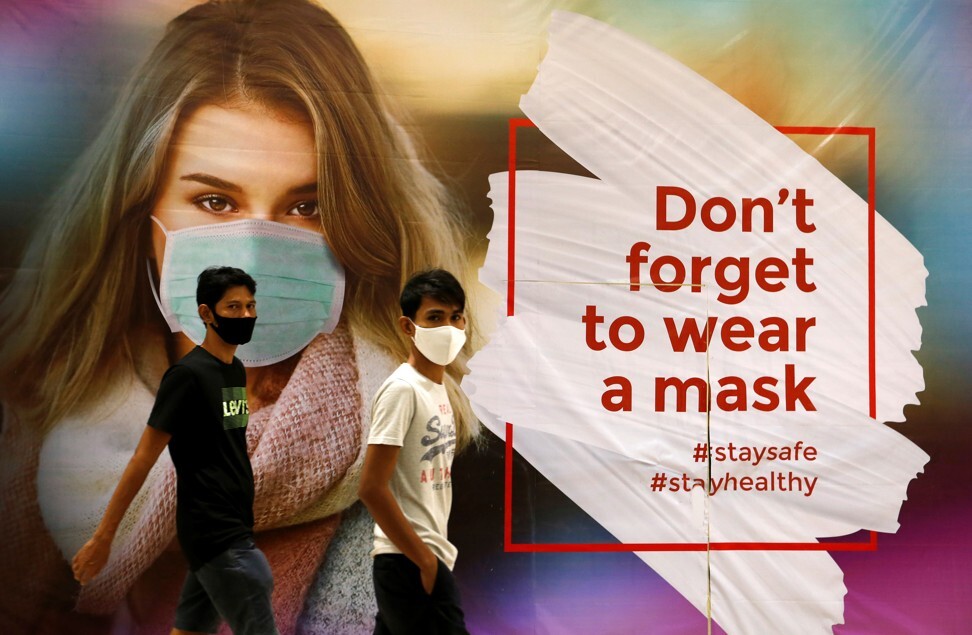
How will this work? The details are still being developed as lockdowns are lifting cautiously.
But consumers can probably count on one change they’ll see at the beauty counters at their local mall: no more trying on new lipsticks in stores.

